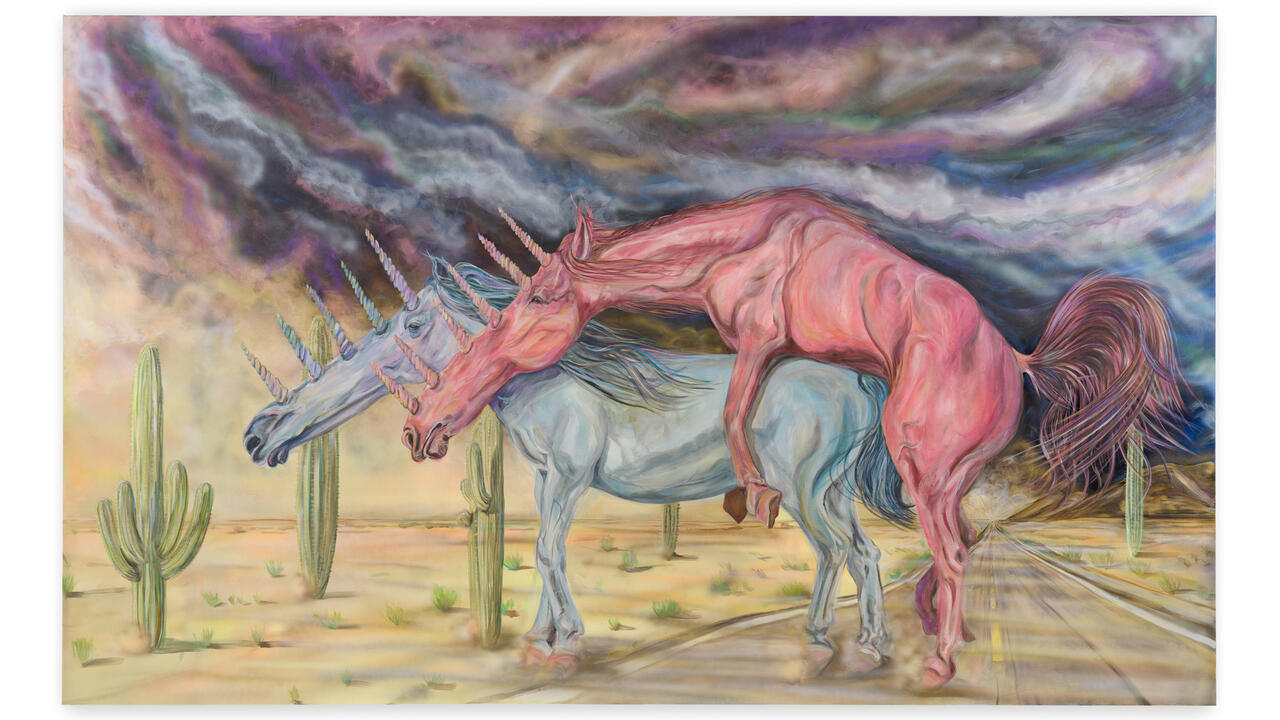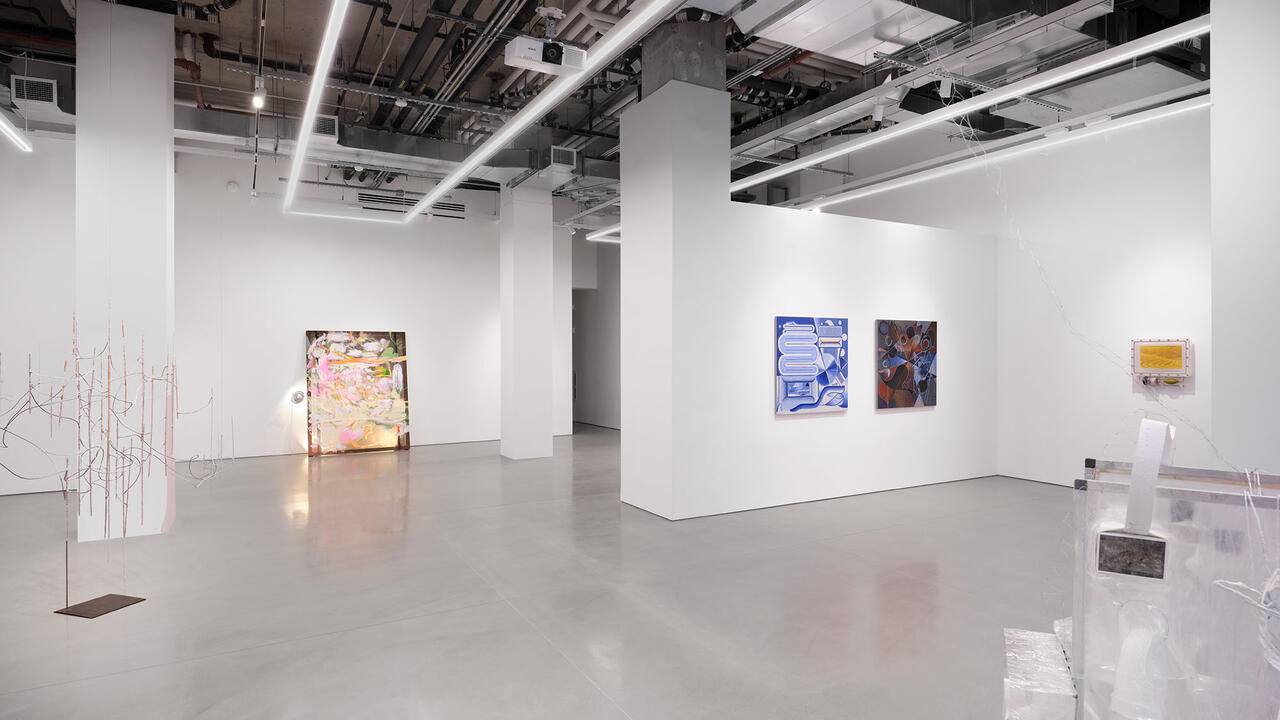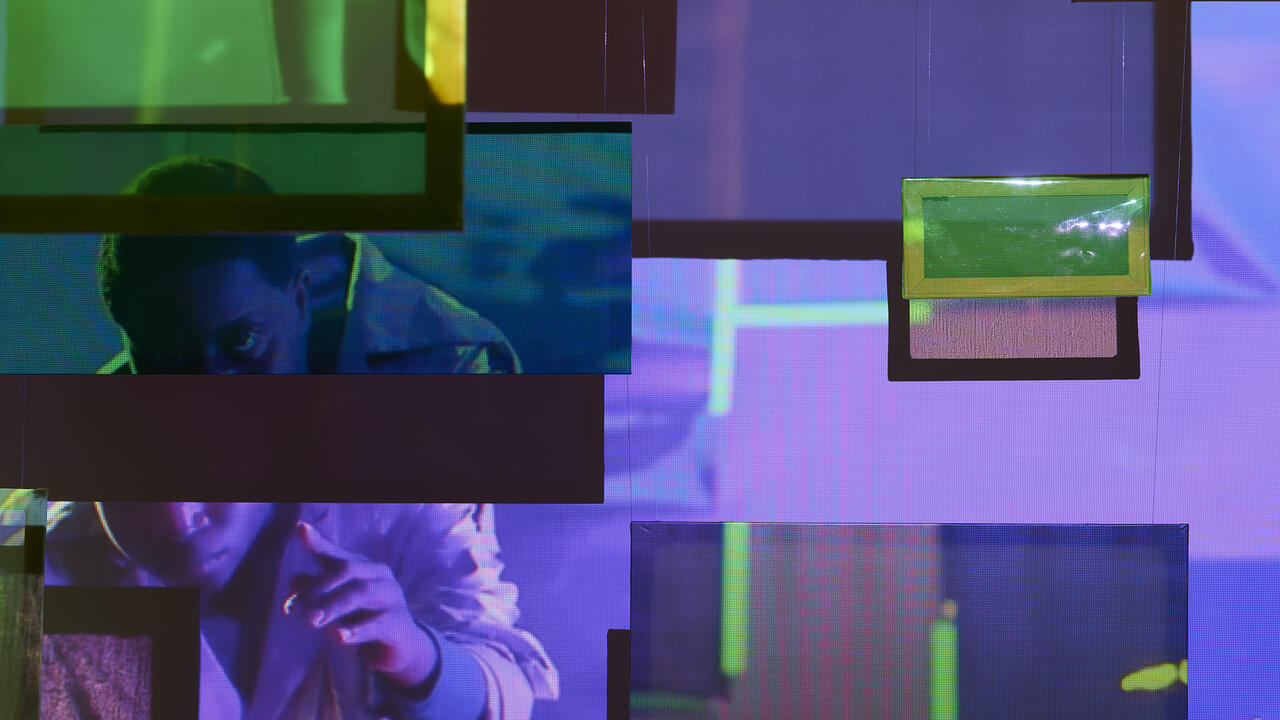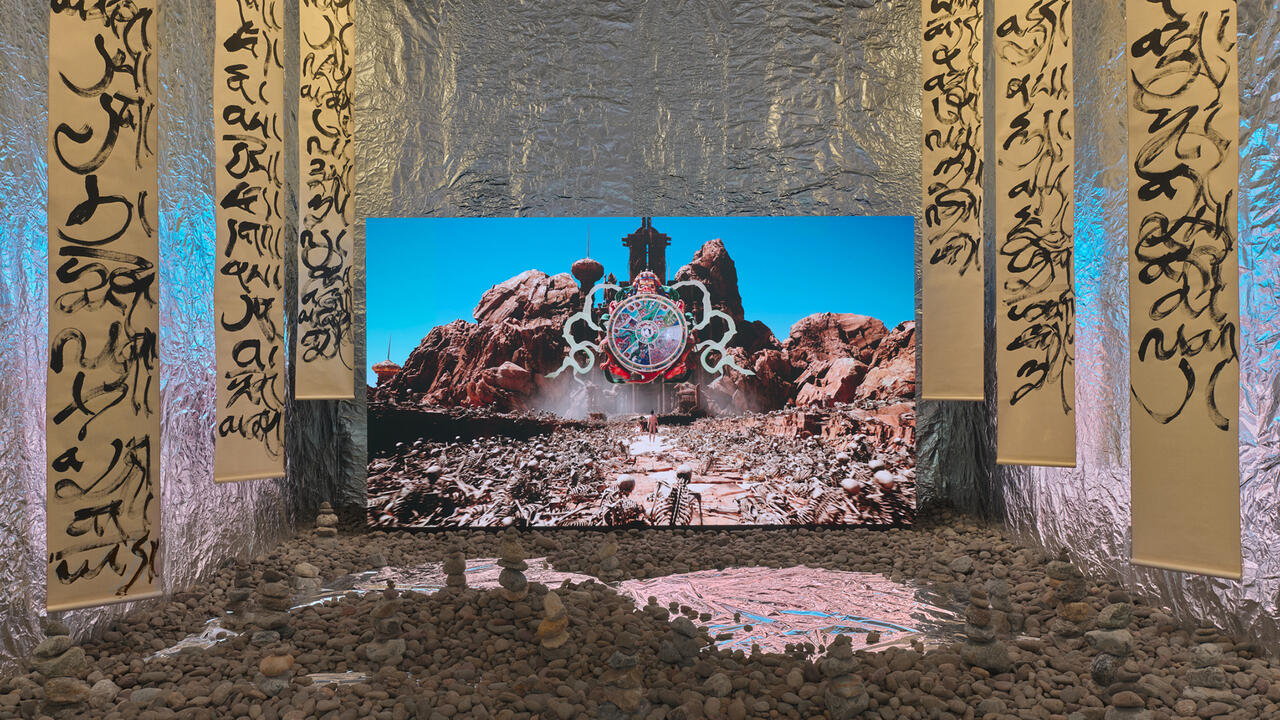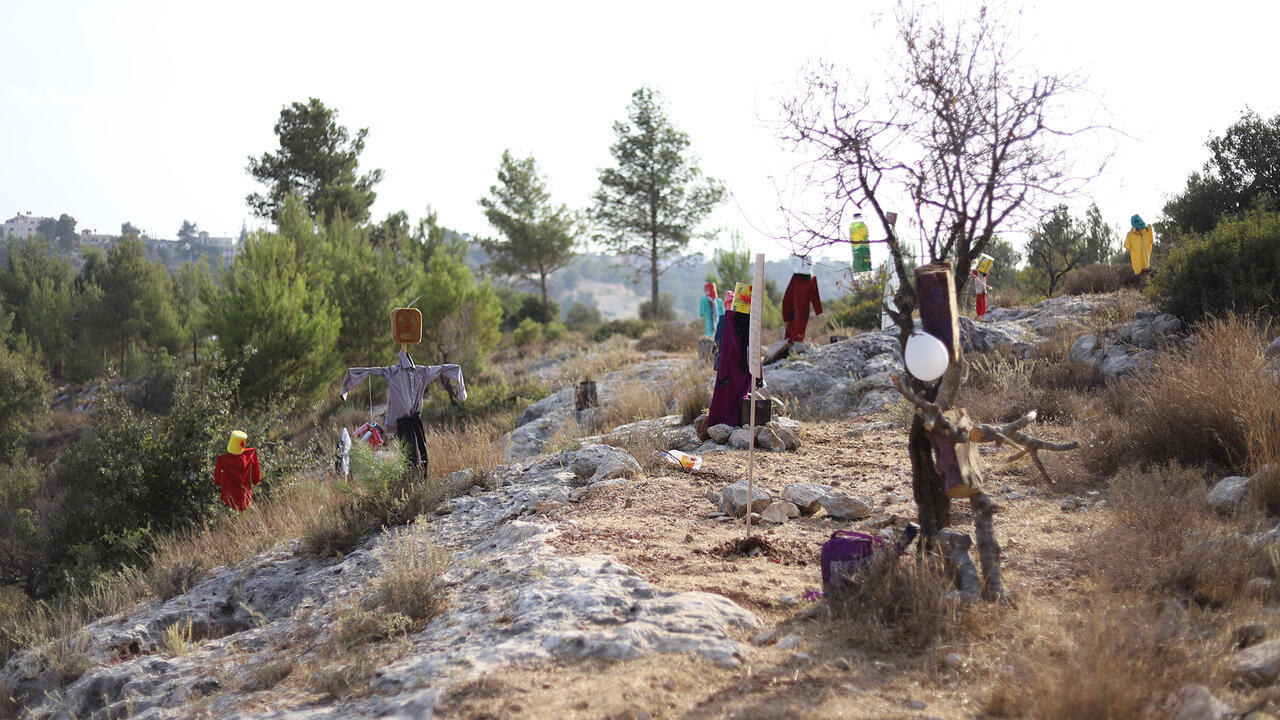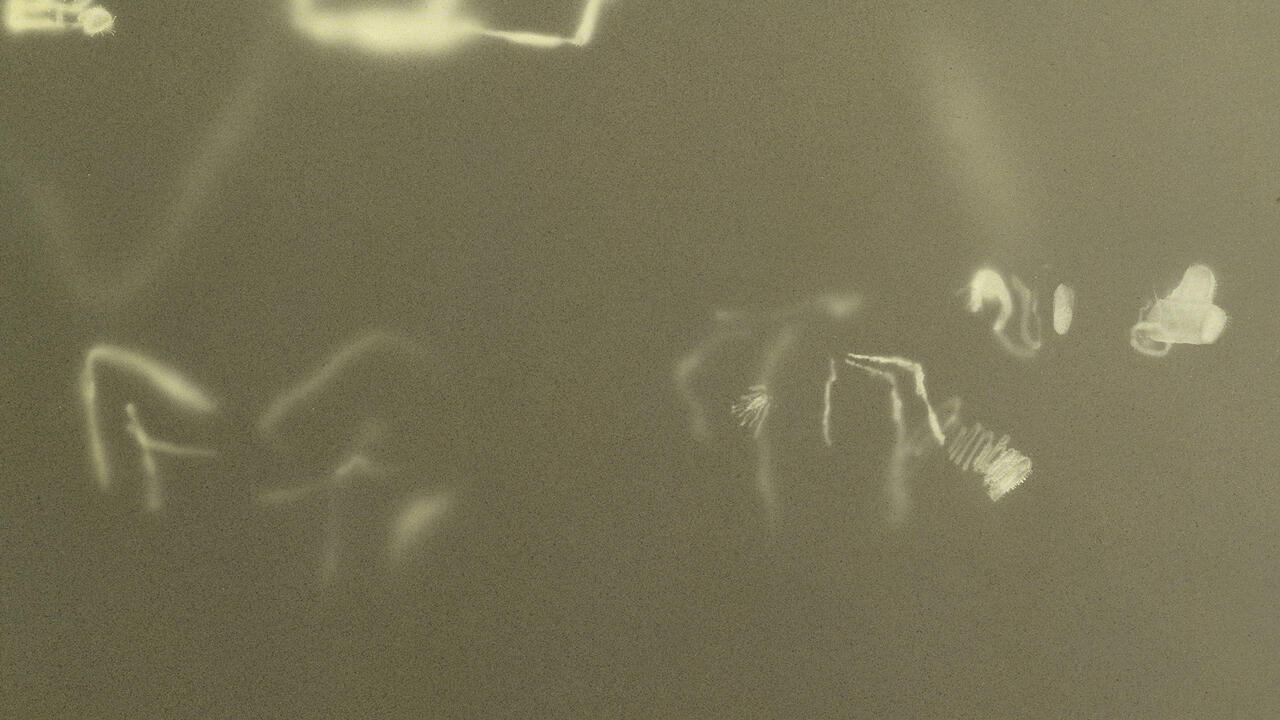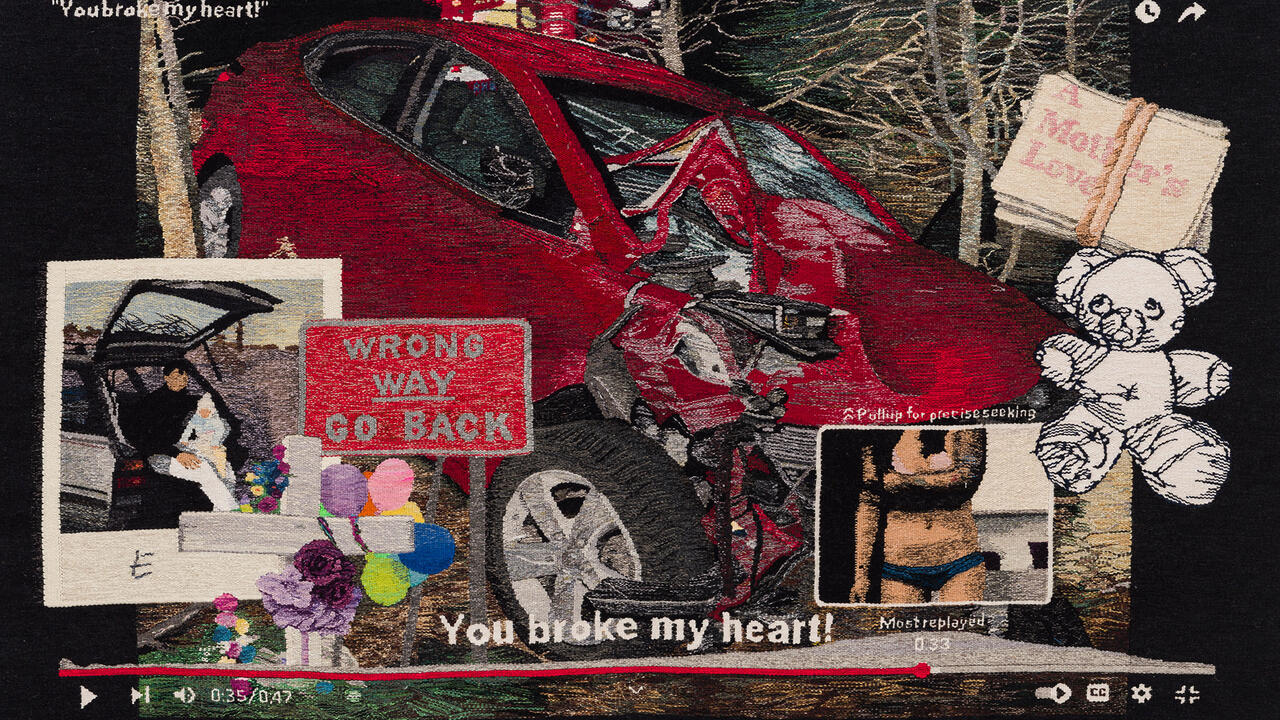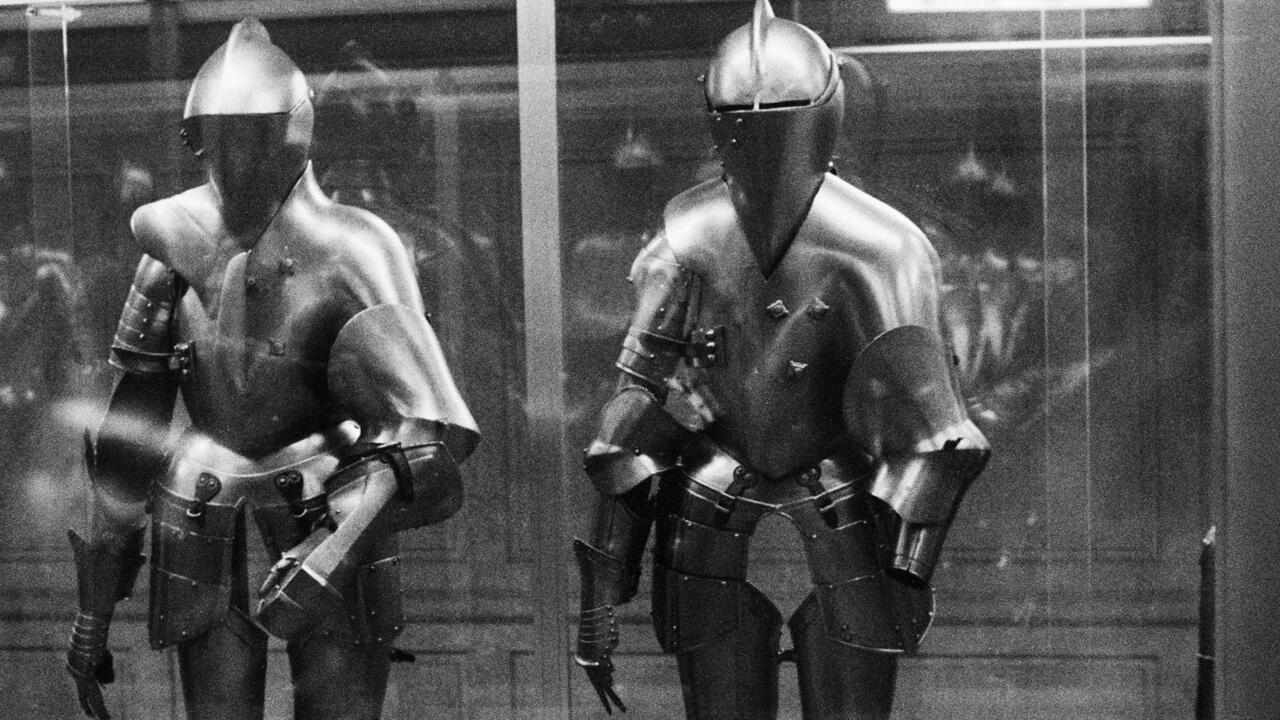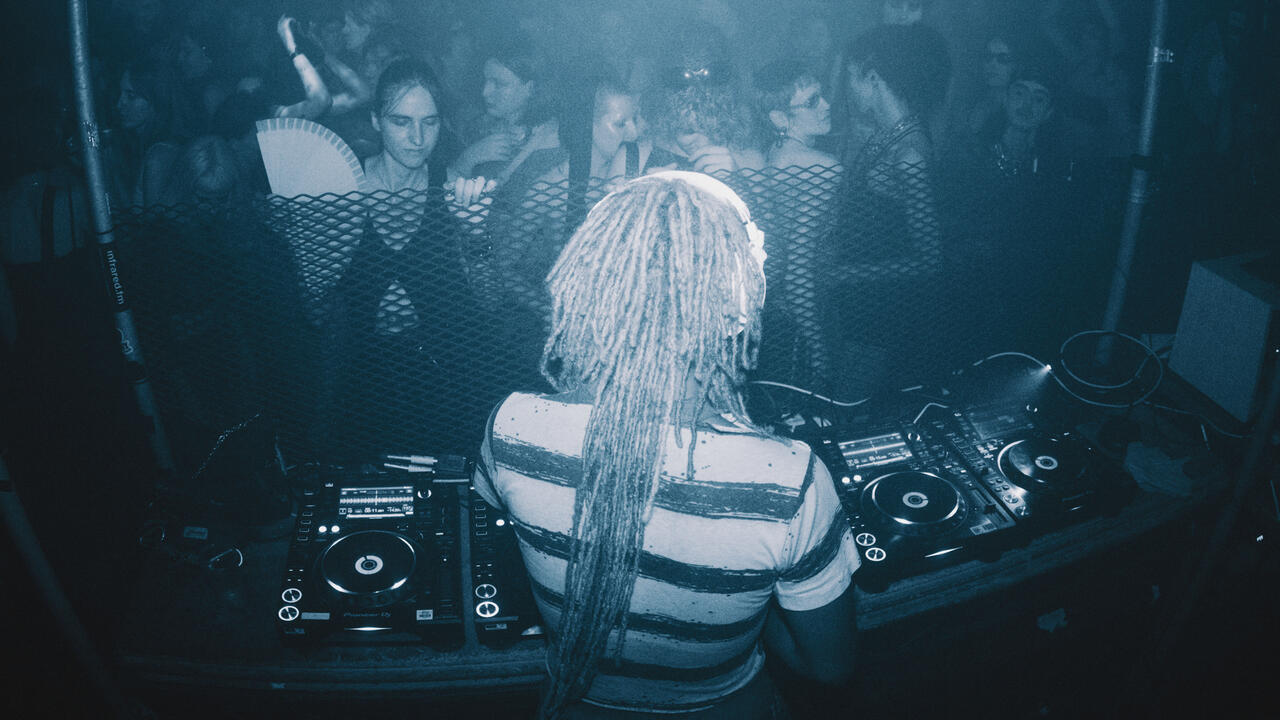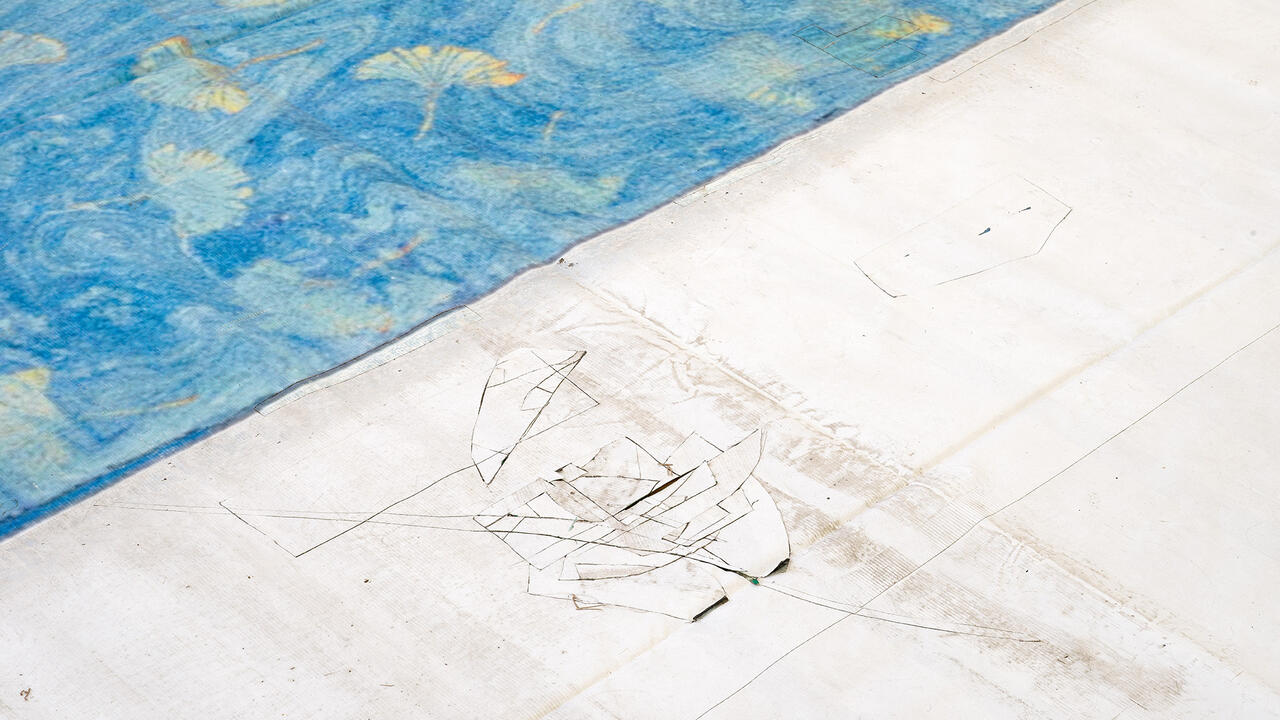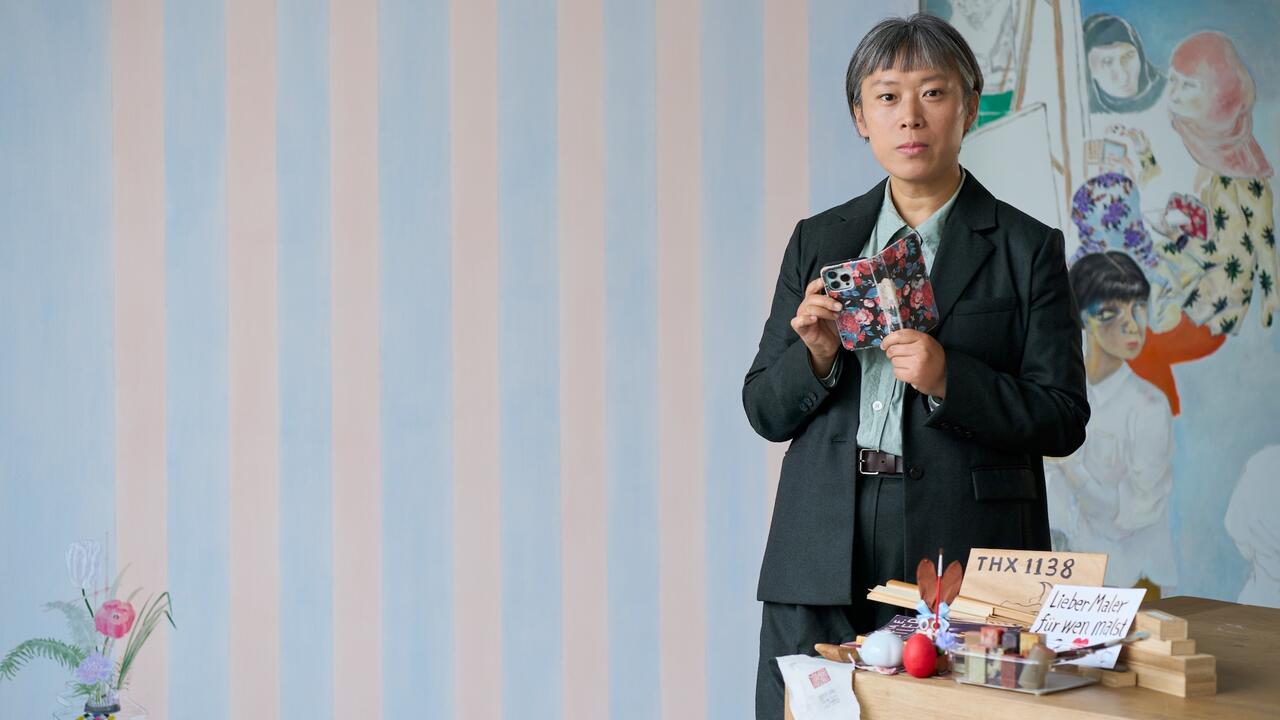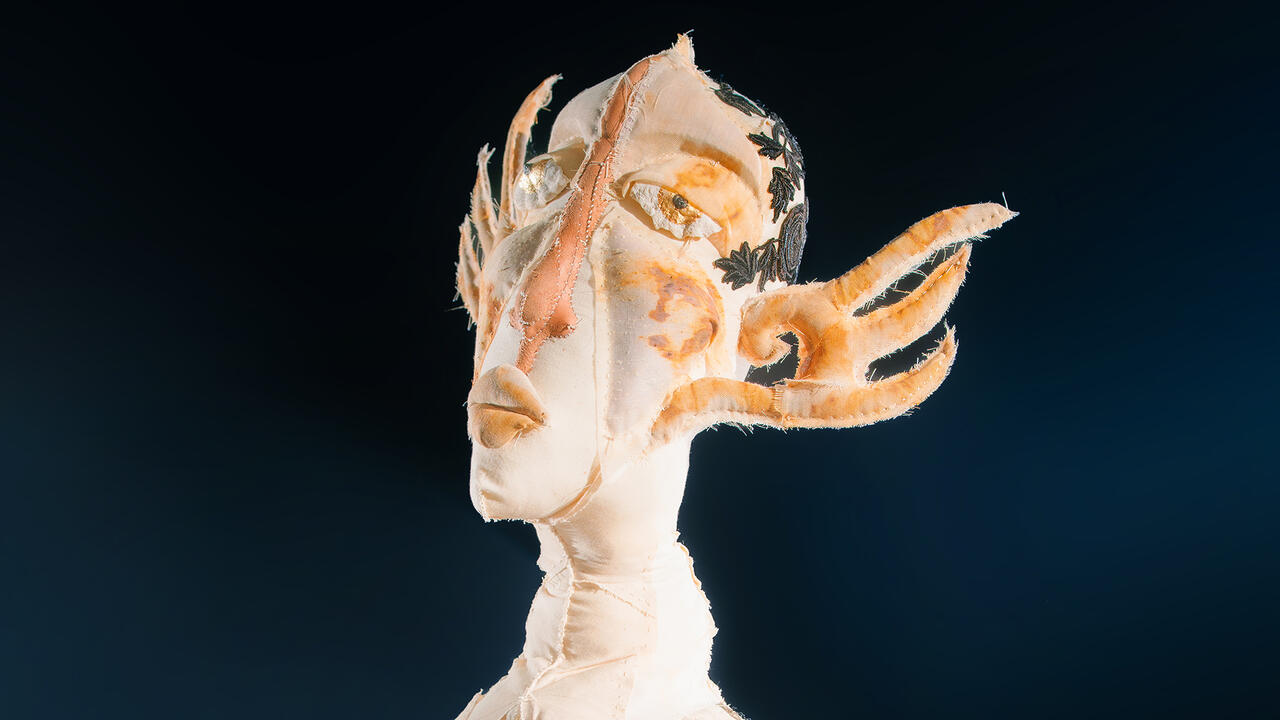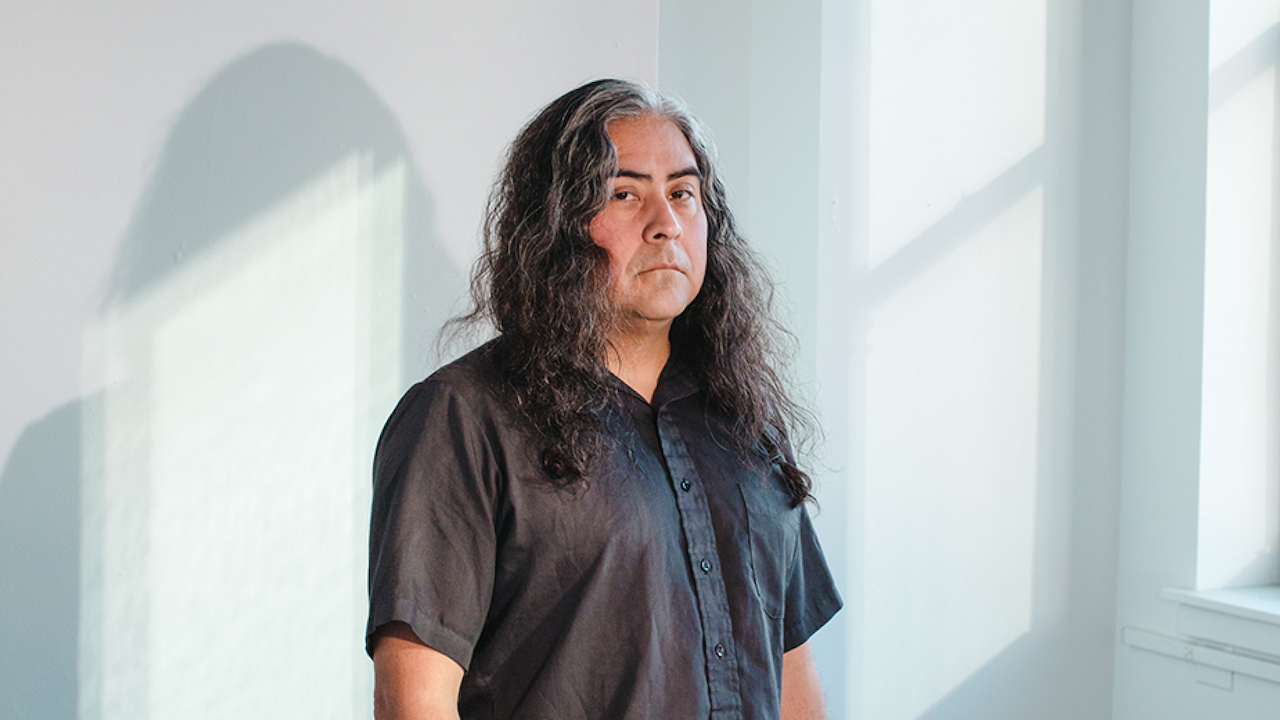The Dub Rhythms of Artist and Composer Marina Rosenfeld
The texture of Rosenfeld’s work is woven from often seemingly disparate times, places and registers of culture
The texture of Rosenfeld’s work is woven from often seemingly disparate times, places and registers of culture

Not so long ago, I moved from London to New York. People from both cities like to ask how they compare. One subtle yet significant difference I’ve noticed is how seldom I hear any Jamaican music in New York. Dancehall, dub and reggae – not to mention all their fertile spin-offs and feral mutations in uk house and garage – are London’s audio wallpaper. You hear it everywhere: heavy bass shakes out of passing car stereos; tinny syncopated riddims buzz the air from phones and iPods. The older, slower sounds of dub, ska, rockers and roots reggae are wound tight into the city’s folk memory and music history. Hearing just a few bars of plaintive melodica from an old dub track can prompt a reverie of London, of good times and bad. It’s the soundtrack to histories of immigration and race relations, to the shared subcultural heritages of mods, punks, skins, rudeboys and rudegirls and the post-rave micro-factions of jungle, drum‘n’bass, garage and dub step. A British pop culture without Jamaica’s influence is impossible to imagine. The air in New York tells a different story. Here it is owned by hiphop – the music New York invented – and the smooth, metallic surfaces of r&b. Jazz and punk may still reign in the city’s historical imaginary, but New York is unimaginable without the Latin sounds of salsa, cumbia, norteña, soca and reggaetón.
I was thinking about this recently as I sat in the New York studio of artist and composer Marina Rosenfeld, surrounded by the woofers, tweeters and horns that together make P.A./Public Address, her custom sound-system-cum-installation. Rosenfeld’s track ‘HARD LOVE’ was playing from the two large monitor speakers that dominate her work desk. It’s the fifth cut on her forthcoming album P.A./HARD LOVE (to be released by Australian record label Room40 in June), an lp made in collaboration with Jamaican singer Warrior Queen (a.k.a. Annette Henry) and cellist Okkyung Lee. ‘HARD LOVE’ opens with bristling electronics that are soon overcome by a kick drum and snare playing the ‘dem bow’ rhythm pattern famous from dancehall and reggaetón. (Its origins lie in the Cuban tresillo rhythm.) An almost subliminal bass sound cushions the percussion. No sooner have they entered than the drums drop out and the atmospherics fade to silence. We hear Warrior Queen gently sing: ‘I need some hard love baby tonight.’ Behind her voice, the electricity returns, backed with ambient sounds that immediately seem to place the dryly recorded vocal sound in a huge, echoing room – a concert hall, perhaps, or a vast train station. The mood flips again; those ‘dem bow’ drums and subliminal bass return, and Warrior Queen pushes back with a tougher, single-note chant in the highly controlled and fast-paced dancehall style, before it all drops out once more, leaving just stains of reverb in the air. ‘HARD LOVE’ repeats and subtly varies this pattern of attack with passages of energy that stop abruptly, then return. It’s as if someone were shuffling back and forth through radio frequencies, or as though the performers of the song were pausing to assess the effect they’re having on their audience. Listening to it in the East Village, I suddenly felt transported to East London; Warrior Queen’s tumble of words, the tangible sense of architectural space that Rosenfeld opens out with the dub-like echo and reverb, a bass which my body could feel almost more clearly than it could hear. It was like being teleported to another time and place.
P.A./HARD LOVE is the latest iteration of Rosenfeld’s evolving work P.A./Public Address. Begun in 2009 during a residency in the cavernous Drill Hall of New York’s Park Avenue Armory, P.A./Public Address used the architecture and acoustics of the building to create a shroud of tones, textures and voice. Sets of heavy-duty horns – the sort that look as if they sprang from the pages of a book on early 20th-century broadcasting, or were salvaged from the ruins of a factory designed by Constructivist sound engineers – were mounted on sturdy tripods or hung from the Armory’s grand barrel ceiling. Rosenfeld set them rotating rapidly so that they would throw sound across the space, bumping tones and ricocheting notes against the building’s surfaces and corners. Further rumbles came from a sound cannon mounted on the floor – a hefty steel pipe fitted with sub-woofers which looked like it could easily be retro-fitted as a bazooka. Lee augmented these sounds with an amplified cello, over which Rosenfeld performed live vocals – snatched phrases, the odd sung fragment. Just as listening to the recording of ‘HARD LOVE’ strongly evokes a sense of place in a more spectral, emotional sense – one that transports me elsewhere – P.A./Public Address uses acoustics to root itself with a here-and-now intensity that is sculptural, physical.
A second version of P.A./Public Address was made for the Liverpool Biennial in 2010 and installed in Renshaw Hall, a car park in the centre of the city. There, the horns were fixed to steel girders inside the building. With their weathered, industrial aesthetic, the speakers blended into the architecture, looking as if they could have been there for years. Through them, Rosenfeld broadcast recordings made in the Park Avenue Armory, along with the music she originally generated for that version, and field recordings from the car park itself. Rosenfeld collaborated with Lee for a third iteration of the piece at the SPOR 2012 festival in Aarhus, Denmark. Much of this material was then gathered together for the P.A./HARD LOVE album and a live performance of P.A./Public Address at The Kitchen, New York, at the end of April this year, with Lee and Warrior Queen.
The texture of Rosenfeld’s work is woven from often seemingly disparate times, places and registers of culture. Teenage Lontano (2008) – also first staged at the Park Avenue Armory – involved 40 teenagers, each plugged into iPods and singing along to György Ligeti’s 1967 composition Lontano. Rosenfeld reverse-engineered the awkwardness of adolescent isolation and the asocial world that headphones create, re-channelling them into a group experience of Modernist music, with spectacular and oddly affecting results. Her two-channel video work Six Inversions (2013), produced for the exhibition ‘art is: new art’ at the Arnold Schönberg Center in Vienna, features Rosenfeld and pianist Anthony Coleman playing Schönberg’s piano at his house in the Viennese suburb of Mödling. They move through Schönberg compositions, drawing unexpected links to jazz musicians such as Jelly Roll Morton. This is contrasted with YouTube concert footage of Japanese metal band Rosenfeld, who used neo-Nazi imagery for what appeared to be shock value. The triangulation of Schönberg with Rosenfeld the composer and Rosenfeld the band is unsettling, yet off-set by the playfulness with which musical ideas are traded at the piano, shifting gears through time periods and styles.
P.A./Public Address and P.A./HARD LOVE move deftly between musical reference points. In the electronic chirps, squelches, bleeps and parps that dance and pop across the listener’s field of hearing, we might detect traces of Karlheinz Stockhausen’s Kontakte (Contact, 1959–60 – a composition that pioneered the use of multi-speaker surround sound) or Morton Subotnick’s classic of electronic music, Silver Apples of the Moon (1967). But in the same space Rosenfeld builds with these sounds, she also makes use of a palette of reverb, echo and bass, which evoke touches of African Head Charge and Adrian Sherwood’s 1980s experiments in fusing post-punk experimentation with heavy dub or, more recently, Burial’s ghostly evocations of nocturnal London and half-remembered illegal raves. The connection between public address systems and the culture of Jamaican sound systems is also a clear one. It’s territory that Mark Leckey touched on with his Big Box Statue Action (2003–11) performances, but where Leckey placed more emphasis on links between the formal properties of the speaker systems and Modernist sculpture, Rosenfeld underlines the sculptural properties of sound itself; the sonic possibilities for which a PA and specific architectural space allows.
In the P.A./HARD LOVE recordings there is a palpable sense of scale and architecture. Rosenfeld pays close attention to the spatial placement of each element in the sound mix: some appear close to the listener’s ear, whilst others hide in the far corners of what sounds like a large hall. Long, sustained bell-like tones recur throughout, as do thin, tendril-like sine-tones, the sound of glissando metal. Whispers and murmurs are heard. Underneath these, sub-bass frequencies bully the eardrums. Warrior Queen’s voice is occasionally layered, switching between a delicate, searching tone, and one that is hard-edged, highly directed, commanding. It zooms up front for certain passages, then retreats, as if being sung from a distance. Certain tracks evoke the feeling of walking empty streets and hearing human activity but not knowing where it’s coming from, or navigating the stairs and rooms of a disused warehouse in search of a clandestine party. Lee coaxes extraordinary sounds from her cello; she makes it sound like a voice or a synthesizer, just occasionally playing it in such a way as to remind you that it’s still a string instrument. There is a sense in all of this of the fragmentary, as if we had stumbled across a dusty analogue telephone exchange, a forgotten transmission station that nobody bothered to switch off when the world went digital. For all the precedents one might detect in her music, Rosenfeld is agile and subtle as a composer, highly attuned to places near and far, adept at playing with what is to hand in her environment. What you hear is where you’re at.










